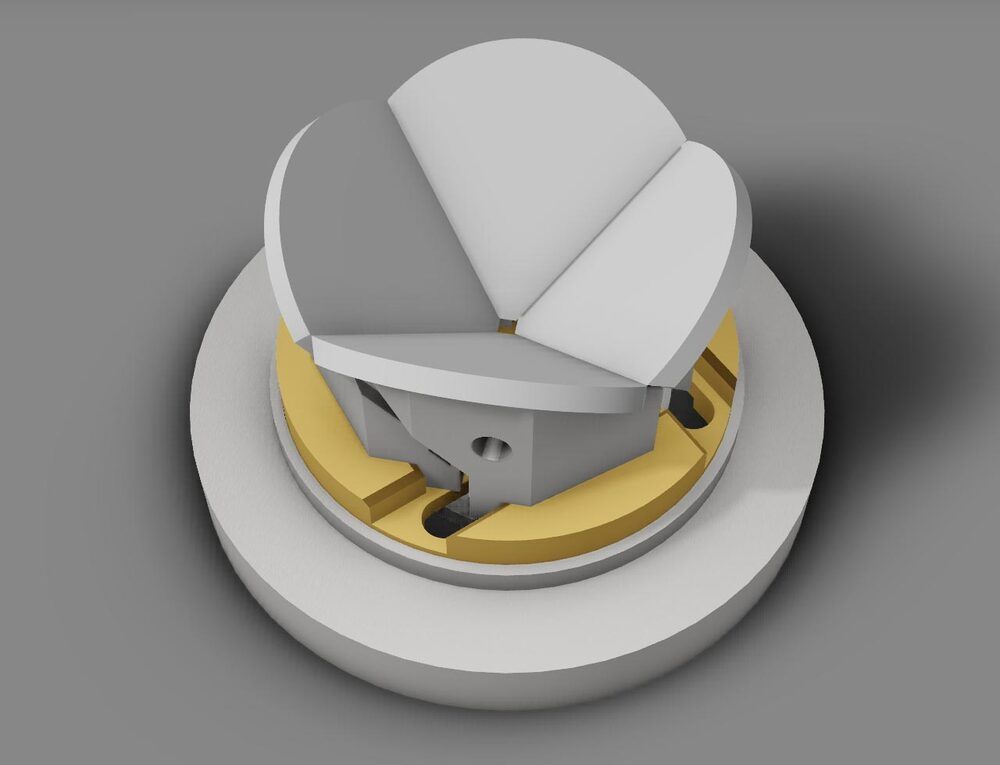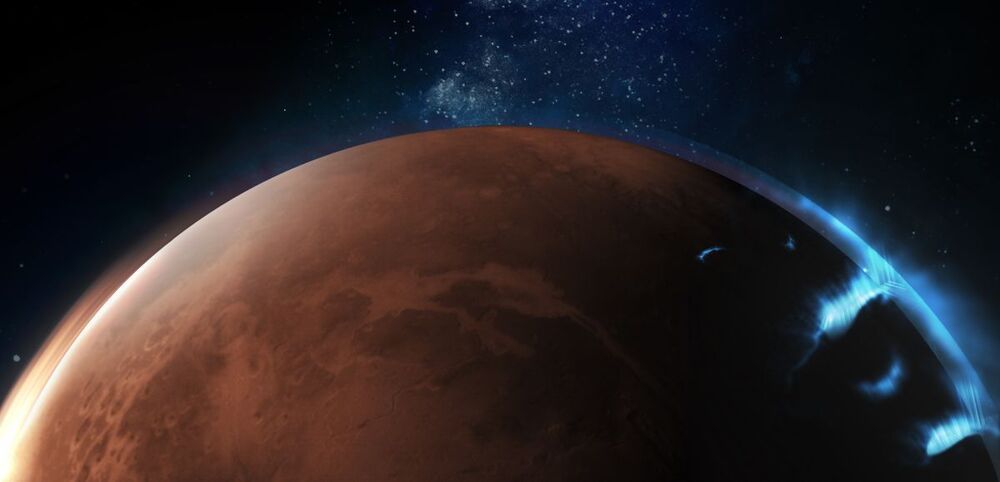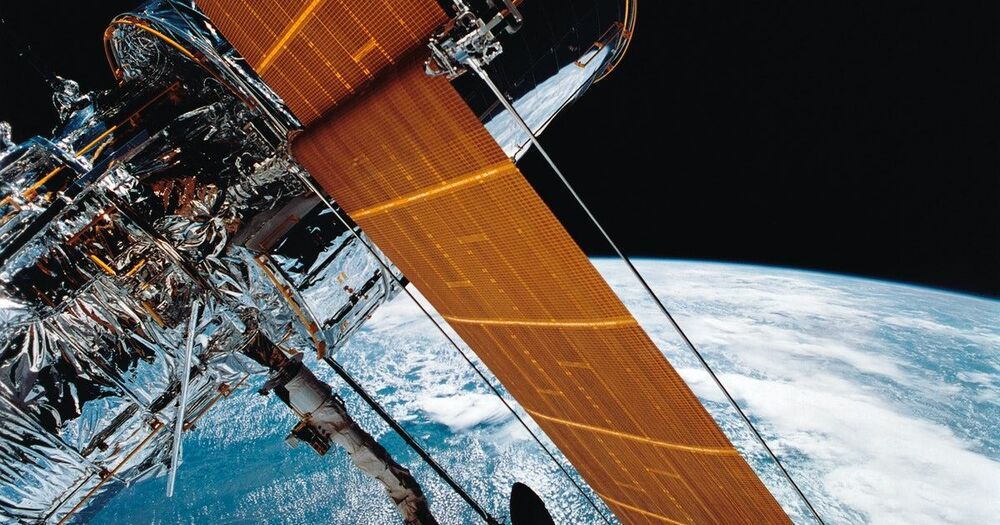Join us July 11th for our first fully crewed rocket powered test flight, and the beginning of a new space age. The countdown begins. #Unity22
Category: space – Page 634
The Technological Revolution (The 4th Industrial Revolution Explained)
This video was made possible by NordPass. Sign up with this link and get 70% off your premium subscription + 1 monrth for free! https://nordpass.com/futurology.
Visit Our Parent Company EarthOne For Sustainable Living Made Simple ➤
https://earthone.io/
The story of humanity is progress, from the origins of humanity with slow disjointed progress to the agricultural revolution with linear progress and furthermore to the industrial revolution with exponential almost unfathomable progress.
This accelerating rate of change of progress is due to the compounding effect of technology, in which it enables countless more from 3D printing, autonomous vehicles, blockchain, batteries, remote surgeries, virtual and augmented reality, robotics – the list can go on and on. These devices in turn will lead to mass changes in society from energy generation, monetary systems, space colonization, automation and much more!
This trajectory of progress is now leading us into a time period that is, “characterized by a fusion of technologies that is blurring the lines between the physical, digital and biological spheres”, called by many the technological revolution or the 4th industrial revolution — in which everything will change, from the underlying structure and fundamental institutions of society to how we live our day-to-day lives.
00:00 Intro.
Mapping the Secrets of Earth’s Seabed
We know less about the planet’s seabed than we do about the surface of the Moon or Mars. By the end of the decade, scientists are hoping to create a detailed map of these unexplored, submerged territories. They’ve already uncovered some spectacular features.
#Oceans #Moonshot #BloombergQuicktake.
——-
Like this video? Subscribe: https://www.youtube.com/Bloomberg?sub_confirmation=1
Become a Quicktake Member for exclusive perks: https://www.youtube.com/bloomberg/join.
QuickTake Originals is Bloomberg’s official premium video channel. We bring you insights and analysis from business, science, and technology experts who are shaping our future. We’re home to Hello World, Giant Leap, Storylines, and the series powering CityLab, Bloomberg Businessweek, Bloomberg Green, and much more.
Subscribe for business news, but not as you’ve known it: exclusive interviews, fascinating profiles, data-driven analysis, and the latest in tech innovation from around the world.
Visit our partner channel QuickTake News for breaking global news and insight in an instant.
Stimers Issues Warning Regarding China and Russia Advances in Outer Space
Portland, Oregon – June 21, 2021 – World-acclaimed space policy and law expert, who advises the U.S. House, Senate and White House, Paul Stimers, issued a stern warning regarding the U.S. space program on The Costa Report today. “Don’t try to do what China is doing. It’s a trap,” cautioned Stimers.
According to the Washington DC insider, as China’s state-sponsored space program accelerates and challenges U.S. leadership, the U.S. may be tempted to change course. Stimers reminds leaders this is a temptation which has historically produced dismal results. Instead, Stimers claims the best way to protect the U.S. lead in space is for the government to clear the path for “commercial space operations to scale.”
As an example, today the FAA treats every U.S. space flight as a one-off event, causing applications, clearances, etc., to be tedious, slow and costly. By making it possible to process ten, twenty, thirty of the same types of space flights at one time, commercial companies will be able to grow the industry much faster. Stimers urges U.S. leaders to streamline current regulations and procedures so space transportation becomes as routine as conventional airline travel. When leaders begin treating outer space as “a place, rather than a mission,” Stimers believes policies and regulations will fall in line with what U.S. commercial ventures need to stay in front.
Stimers also expressed concerns over China and Russia’s rejection of the Artemis Accords. NASA’s Artemis Accords spell out basic principles on how nations can peacefully operate in space — including fundamentals such as providing emergency mutual aid, sharing scientific knowledge, allowing access to newly discovered resources, etc. China and Russia’s refusal to join the agreement is one of many indications they intend to abide by a different set of rules in space – rules which include claiming ownership and exclusive use. Host of The Costa Report, Rebecca Costa, concurs, “He who establishes beachheads on the Moon, Mars and other celestial bodies first, makes the rules. We can’t afford to let China or Russia get there and carve everything into private property. What then? We go to war in space?”
The 1967 United Nations Outer Space Treaty was instrumental in setting the stage for peaceful collaboration between nations in space. The spirit of that treaty extended to the 1969 first landing on the Moon wherein the United States claimed victory for all humankind. And later, to the International Space Station (ISS) which has accommodated scientists and visitors from 19 countries. But recently, China has begun building its own space station – another indication they have nationalistic objectives. As the ISS reaches the end of its life cycle, there is growing concern that the U.S. and other nations may find themselves without a presence in low Earth orbit, posing grave security risks.


New Cold Atom Source Technology Enables Portable Quantum Devices
Technology advance could enable space-based atomic clocks, improving communications and GPS navigation.
Although quantum technology has proven valuable for highly precise timekeeping, making these technologies practical for use in a variety of environments is still a key challenge. In an important step toward portable quantum devices, researchers have developed a new high-flux and compact cold-atom source with low power consumption that can be a key component of many quantum technologies.
“The use of quantum technologies based on laser-cooled atoms has already led to the development of atomic clocks that are used for timekeeping on a national level,” said research team leader Christopher Foot from Oxford University in the U.K. “Precise clocks have many applications in the synchronization of electronic communications and navigation systems such as GPS. Compact atomic clocks that can be deployed more widely, including in space, provide resilience in communications networks because local clocks can maintain accurate timekeeping even if there is a network disruption.”
China shares sights and sounds of its rover’s first moves on Mars
Back in May, China became just the third nation to land on the surface of Mars as it touched down with its Tianwen-1 probe. Packed aboard was the country’s first interplanetary rover, named Zhurong, which can be seen and heard making its very movements on the Red Planet in newly released recordings.
China’s Tianwen-1 mission set off for Mars last July and came to land on a plain in the planet’s northern hemisphere called Utopia Planitia following a 10-month journey. The Zhurong rover remained aboard the lander module for around a week surveying its surroundings and checking its instruments, before rolling down to the dusty surface to begin its explorations.
Recordings gathered by the China National Space Administration and shared by state-funded broadcaster CCTV show the rover’s start to life on Mars in intriguing new light. The first includes the first audio collected by a Chinese Mars rover, with an onboard recording device capturing the sounds as its engine was started, of the Martian winds and of the machinations of the robot as it made its way down to the surface.
Moon-sized “zombie” star challenges what we know about celestial evolution
The star is only a little bit larger than Earth’s Moon, but more massive than the Sun and might be a Frankenstein zombie star.
Astronomers discovered the smallest and most massive white dwarf star, about the same size as Earth’s Moon with a mass greater than the Sun.

